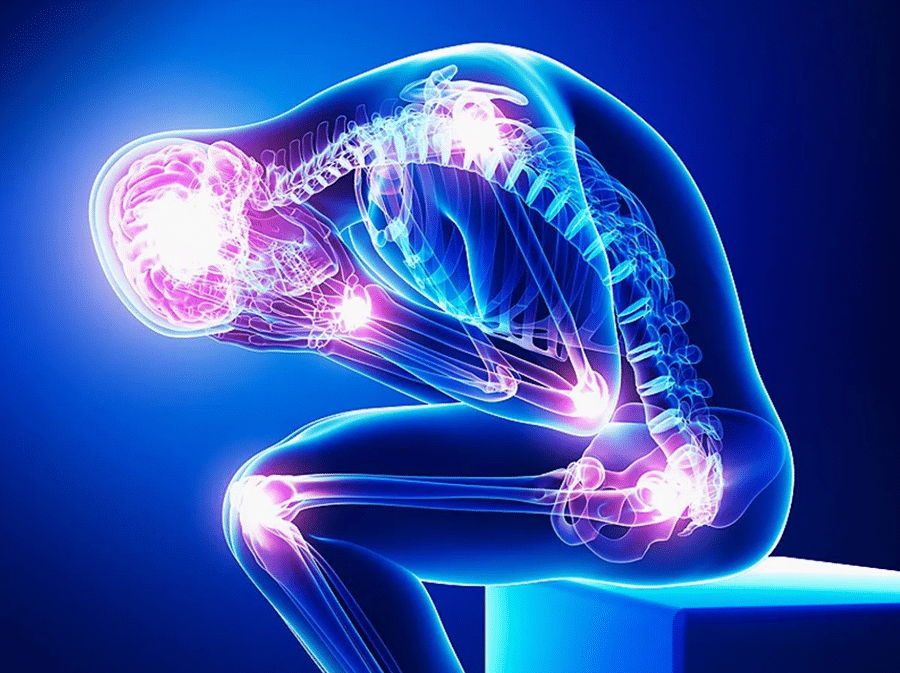Contents
Those painful backaches that make us afraid to sit, stand, or move, have become a common problem. With regular practice of some stretches, this pain can be defeated. Often that sore back forces us to take leave for a day or two from our work. Often sitting for long periods in front of the computer has caused agonizing back pain. Or a sedentary lifestyle with poor posture habits can also contribute to an aching lower back. Whatever the reason, every problem has a solution. And this one has too. With growing age, back pain might seem inevitable. But with some physical activities and stretches, we can win the battle against it and lead a normal and healthy life. Doing exercises with back pain might feel crazy at first, but that stiff back will ease with time, and the pain will also disappear after doing some designed stretches.
Causes behind back pain

Often, back pain may result from stiffening of the spine and muscles, poor posture, or muscle sprains. It makes us feel uneasy and can be very uncomfortable at times. It can also come up from some medical conditions. Different people have different reasons for it. The spine has segments and cushioned, cartilage-like pads called discs. Problems can arise from any of these elements, and in several cases, the cause remains unclear. Muscle spasms, muscle tension, damaged discs, or even fractures or falls can be reasons for it. Even some improper activities like lifting something too heavy or not lifting it in a correct way or sudden and awkward movement can cause it.
Stretching

It is an exercise where a particular group of muscles or tendons are stretched to improve muscle elasticity and tone. It eases our body’s muscles with an increased feeling of awareness, control, flexibility, and mobility. We Recommend stretching after waking up from sleep or after doing some monotonous activity for long periods. In case of severe back pain, gentle stretches are recommended to ease the region’s tensed muscles. There are two types of stretching
– static stretches and dynamic stretches.
Static stretch

Static stretch brings the muscles to their end range of motion, which is held there using external forces. It is an intense stretch. A static stretch requires maintaining the stretched position for twenty to forty-five seconds, with two to three repetitions each. Static stretching after sports will help prevent injury, but using it to warm up before any activity may have adverse effects. Static stretches limit the body’s ability to move quickly. Static stretching may include – posterior capsule stretch, hamstring stretch, quadriceps stretch, and such. The longer the duration of stretch, the more drained the muscles become. So it is not recommended before any athletic activity.
Dynamic stretch
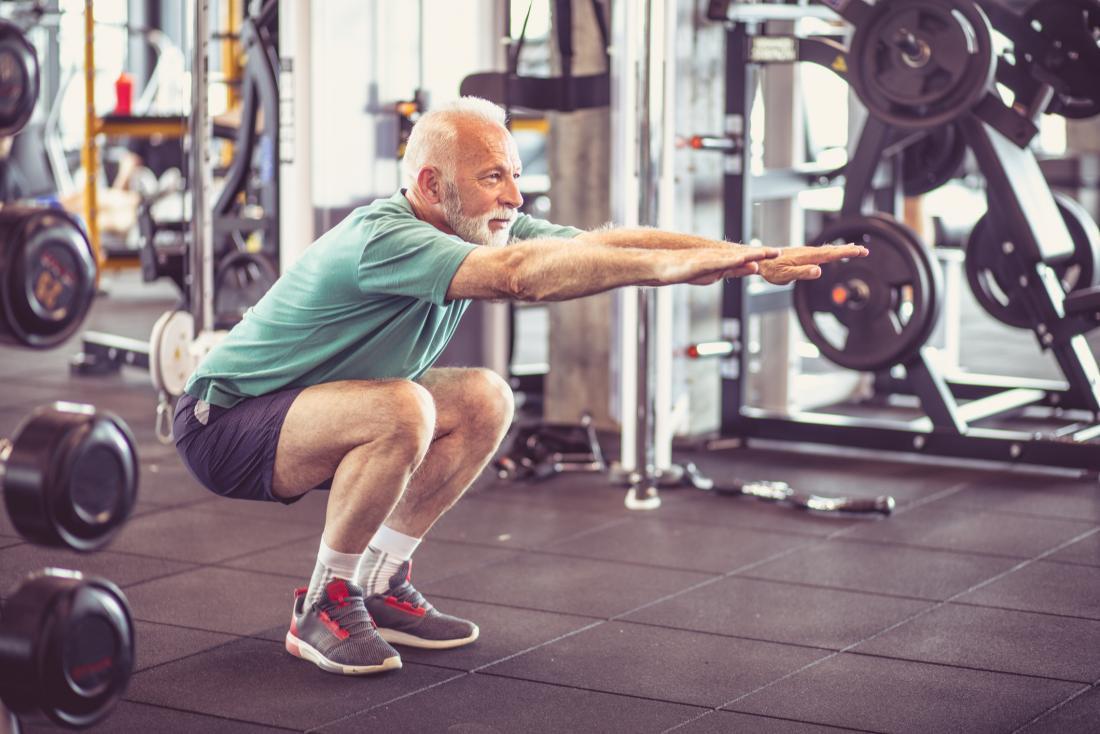
It is a movement aimed to loosen up the muscles and increase the blood flow in our body. Dynamic stretches should be used as a part of the warm-up routine before any physical activity as it prepares the
muscles and ligaments for performance and speed. It is not an intense stretch and may not isolate any muscle group. It also increases oxygen content in our body as it increases blood flow. Progressive tightening of muscles and mobility of joints through their full range is involved in it. It also decreases muscle stiffness by increasing muscle temperature. Dynamic stretching includes – torso twist, walking lunges, leg swings, and so on. Here are some stretches to effectively reduce and provide relief to back pain.
1. Pelvic tilt

Pelvic tilts can be done lying on the floor or standing against the wall.
How to do –
Lying flat with feet flat and knees bent and on the floor, slightly lift off your back from the floor in a neutral position. Now Exhale and gently rock your hips towards your head. Feel the stretch. Stay there for breath, and again after inhaling, return to the neutral position. Repeat the process at least five to ten times.
Benefits –
Pelvic tilts work a great deal to strengthen the abdominal muscles. This stretch is also essential for good posture and reduces the risk of lower back pain. A common mistake that everyone tends to make is that they forget to breathe while executing the process. It also helps to build core strength.
2. Knee to chest stretch
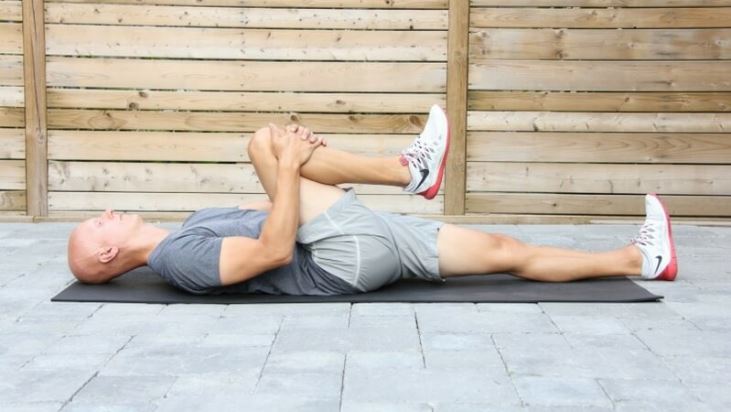
It is a great way to restore flexibility to our muscles. It can be done double – or single-legged knees to chest stretch.
How to do chest stretch–
Lying flat with feet flat and knees bent on the ground. Gently raise one bent knee enough and hold the lower leg with both hands. Interlock your fingers just under the knee. While doing the two-legged stretch, bring one leg first and then the other. Gently pull your knee or knees towards your chest with the help of your hands. Hold it for some time and release the legs. Repeat the process. Do the stretch about ten to fifteen times per day.
Benefits –
Stretching the muscles makes the lower back muscles flexible and increases the range of motion of joints. It helps to prevent the injuries of lower back, hamstrings, and glutes. Specialists
recommend doing this after household chores. It also eases breathing and flexes the body muscles. It improves overall health by increasing the oxygen amount in our blood. Doing it will prove to be very beneficial for the body.
3. Child’s pose
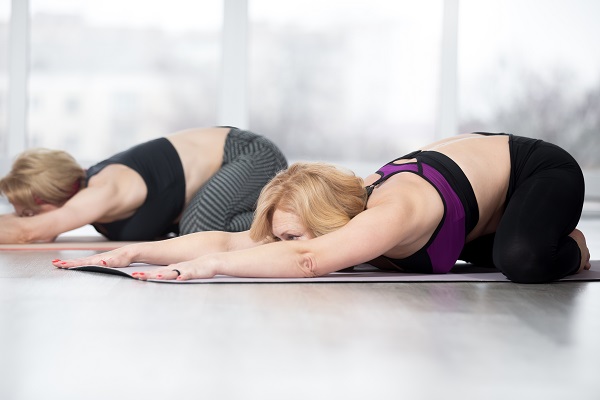
Also known as Balasana, this yoga posture is a good resting posture and is often sequenced between more challenging asanas. It is a gentle stretch for various parts of our body.
How to do Child’s pose-
Kneel on the floor and bring your toes and hands together. Spread your knees and sit on your heels. Bring your torso down and let your belly rest between the thighs and your head on the floor. Relax
your shoulders. Lay there with your hands on the floor by the side of your body. Feel the stretch across your back. You can stay in that pose from thirty seconds to one minute. Then inhale, lengthen the body and lift the body from the tailbone. The neck should always stay in a neutral position and should not be bent in any way.
Benefits –
It is a resting posture and a gentle stretch for the hips, back, thighs, and ankles that can relieve back pain and neck pain. It helps to calm your mind and relieve stress. It can stretch the shoulders and chest. It also increases the lumbar range of motion and prevents future back pains and injuries.
4. Cat cow stretch

It is a great thing to do when the body requires rest. It is a yoga pose that is ideal for back pain.
How to do Cat cow stretch–
It has to be started with table pose, and the hips should be directly over the knees. Having a straight back and a neutral spine is essential. The shoulders, elbows, and wrists should be in a straight line, perpendicular to the floor. Keep your neck long. Stabilize your shoulder blades and look towards the floor. Once the Table pose has been achieved, inhale, and shift to the Cow pose. Lift your sit bones upwards, press the chest in front, and allow your belly to sink towards the floor. Lift your head and relax your shoulders. Then, exhale and come in the Cat pose. Round your spine outwards, tuck in your tailbone, draw your pubic bone forward, and release your head towards the floor. Go to and fro between cow and cat pose in each inhale and exhale. Do this about five to ten breaths or as much as you can in a minute. Finally, end the stretch in table pose.
Benefits –
Cat cow stretch has proved to be very beneficial for backaches. It helps to improve the balance and posture of the body, along with creating emotional balance. It stretches the hips, abdomen, and back along with increasing coordination. Besides strengthening and stretching, it also tones the spine and neck. It massages and stimulates the abdominal region and also relieves the mind from stress.
5. Piriformis stretch
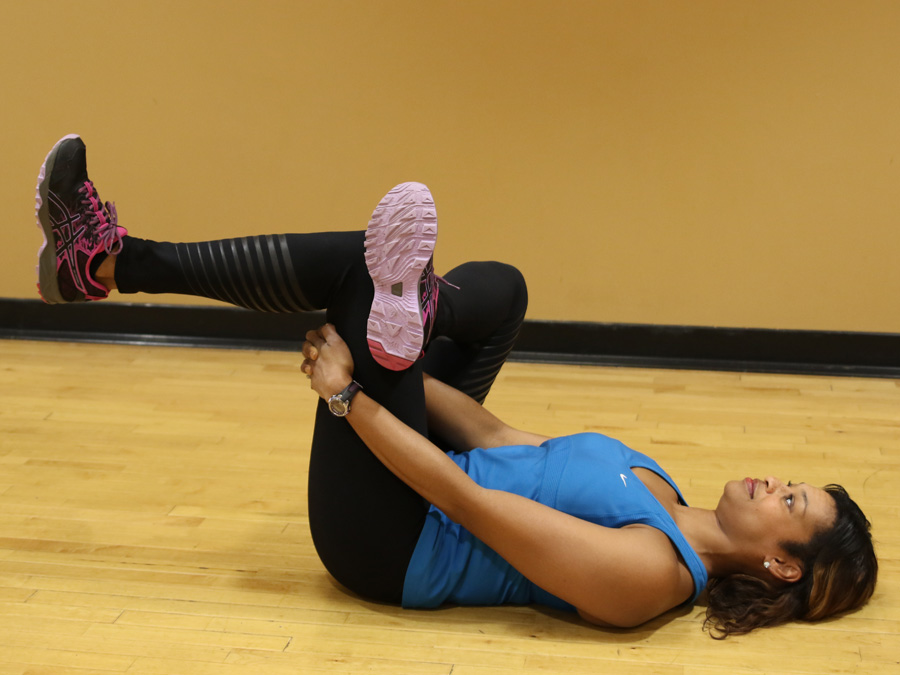
Stretching the piriformis muscle will reduce the pain along the sciatic nerve and return the patient’s mobility. There are two methods to stretch the piriformis –
(I) Lying flat on the back, with both feet flat on the floor and knees bent, bring the right knee up to the chest, hold the knee with the left hand. Pulling it towards the left shoulder, hold the stretch. Repeat the process for each side for twenty seconds.
(II) Lying flat on the floor with your knees bent, rest the right leg’s ankle on the left leg’s knee. Pulling the left thigh towards the chest, hold the stretch. Repeat the process for each side for twenty seconds.
Benefits –
Doing the piriformis stretch eases the piriformis muscle. It also relieves us from knee and ankle pain. This stretch can also help us with any symptoms of inflammation of fascia under the feet. It eases the extra strain under our feet and eases the condition called duck feet; But if it hurts, one should discontinue this exercise.
7. Cross body-toe touches
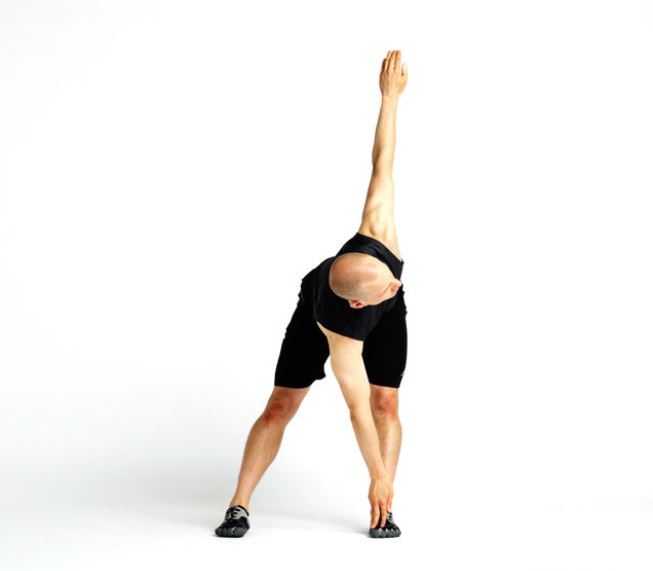
Also known as alternate toe touches, it helps build a more reliable link between the upper and lower bodies.
How to do Cross body-toe touches –
Get to a standing position with your feet shoulder length apart. The toes must face outside, and the knees must be in line with the feet. Raise your arms straight to the side and at the shoulder level. Now, start
by bending down and simultaneously rotating the upper body to the left side. Keep your back and knees straight all the time. Touch your left toe with the right hand while bending down. Return to the starting position. Inhale and again repeat the process. If touching the toe becomes stressful and painful first, touching the knee will also do. But the back and knees must be kept as straight as possible, and the chest should be up.
Benefits –
It is mainly an abs workout, but it also works wonders to strengthen the lower back and prevent muscle pain. It releases muscular tension from the lower back and is a perfect core strengthening exercise. It also strengthens the hamstrings and the four muscle groups found in the back of the thigh. It works effectively on the muscles of the lower back region. It is also done as a dynamic stretch and can be used to warm up the body before vigorous physical activity.
Concluding Thoughts:
Backache is a prevalent problem that affects everyone at some point in life. Even though it is common, most cases clear up routine exercises and a healthy lifestyle containing a proper posture. But if it is a bad one and lasts for a long time, it is always better to see a doctor. Very rarely, back pain is a severe problem. But to be on the safe side and showing a doctor for those extreme aches is better.
The most crucial thing while suffering from back pain is to keep moving on and continuing with our regular activities. Doing specific stretches will not worsen the pain. Our backs are the most substantial part of our body and are made for mobility. Moreover, too much rest is not suitable for our health. Exercises always help in our speedy recovery.


